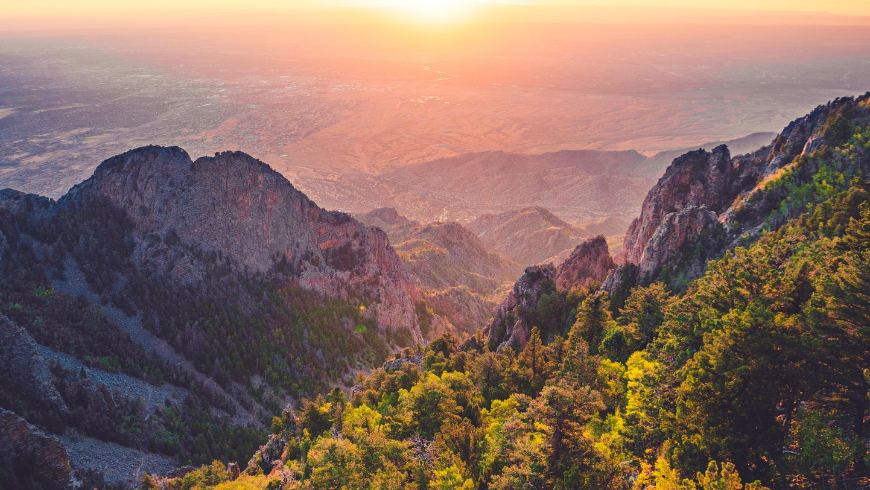The Jubilee 2025 will be a special occasion not only for the faithful, but also for those who wish to experience slow tourism, rediscovering Italy’s historical, cultural, and natural heritage.
Among the most fascinating proposals are the 5 Jubilee Pilgrimage Routes 2025, ancient journeys that lead to Rome, combining spirituality, nature, and sustainability.
1. Via Francigena (North and South)

The Via Francigena is one of Europe’s most famous pilgrimage routes, recognized in 1994 as a Cultural Route of the Council of Europe, alongside the Camino de Santiago. It is a journey that unites history, faith, and scenic beauty.
Via Francigena of the North
The route is based on the diary of Archbishop Sigeric of Canterbury (990 AD) and connects Canterbury to Rome, crossing France, Switzerland, and Italy. In Italy, it passes through Valle d’Aosta, the Alps, the Apennines, the hills of Tuscany and Lazio, until reaching the Eternal City.
Learn more about the Via Francigena of the North
Via Francigena of the South
Less known but equally fascinating, the Southern Francigena retraces the Bordeaux Itinerary of 333 AD and connects Rome to Santa Maria di Leuca, passing through Lazio, Campania, Basilicata, and Puglia. From here, pilgrims could embark towards the Holy Land.
Learn more about the Via Francigena of the South
2. The Path of Saint Peter the Hermit

A route that winds through Abruzzo and Lazio, retracing the places where Saint Peter the Hermit lived (11th century). Born in Abruzzo, he fled from an arranged marriage and chose monastic life, becoming a hermit in Tivoli.
The route offers three main paths, two of which are near Rome.
Discover the Path of Saint Peter the Hermit
3. The Path of Saint Benedict
Saint Benedict of Norcia (480-547), patron saint of Europe and founder of the rule “ora et labora” (“pray and work”), left a profound mark on the history of Western monasticism.
The path touches three key stages of his life:
- Norcia, his birthplace;
- Subiaco, where he founded twelve monasteries;
- Montecassino, the place of his death.
Discover the Path of Saint Benedict
4. The Path of Saint Francis

Saint Francis of Assisi, one of the most beloved saints in the world, traveled through central Italy spreading his message of peace and love for nature.
The path begins in Assisi and crosses olive groves, medieval villages, and Umbrian valleys up to Spoleto. It continues along the Nera River Valley, the Holy Valley of Rieti, the Sabina region, and finally Rome.
Discover the Way of Saint Francis
5. The Path of Saint Thomas

Saint Thomas was one of the Apostles, known as the one who doubted Christ’s resurrection. This path recalls the journey of the relics of Saint Thomas the Apostle, transferred to Ortona in 1258, where they are still preserved today.
The path connects Rome to Ortona and is a naturalistic and spiritual itinerary that follows in the footsteps of Saint Bridget of Sweden, who also traveled to Ortona to venerate the Apostle’s tomb.
Discover the Path of Saint Thomas
Why walk the Jubilee Pilgrimage Routes 2025?
The 5 Jubilee Pilgrimage Routes 2025 are not only an act of faith, but also an invitation to experience:
- Sustainable tourism, walking at a slow pace;
- Connection with nature, away from daily stress;
- The discovery of villages, monasteries, churches, natural reserves, and unique landscapes;
- An inner journey, open to everyone, believers and non-believers alike.
A unique opportunity to rediscover yourself while at the same time exploring Italy’s cultural and spiritual heritage.
Extra tip: if you want to experience these paths authentically, choose eco-friendly and low-impact accommodations, making your pilgrimage even more sustainable.
Which of these pilgrimage routes inspires you the most? Tell us in the comments!
Cover photo via Canva Pro
